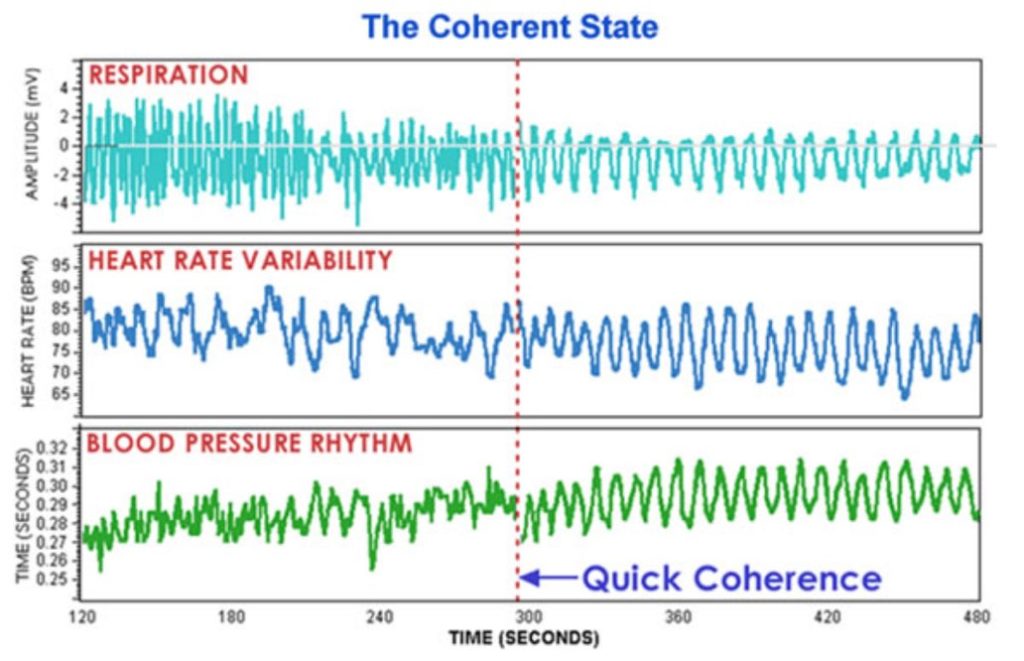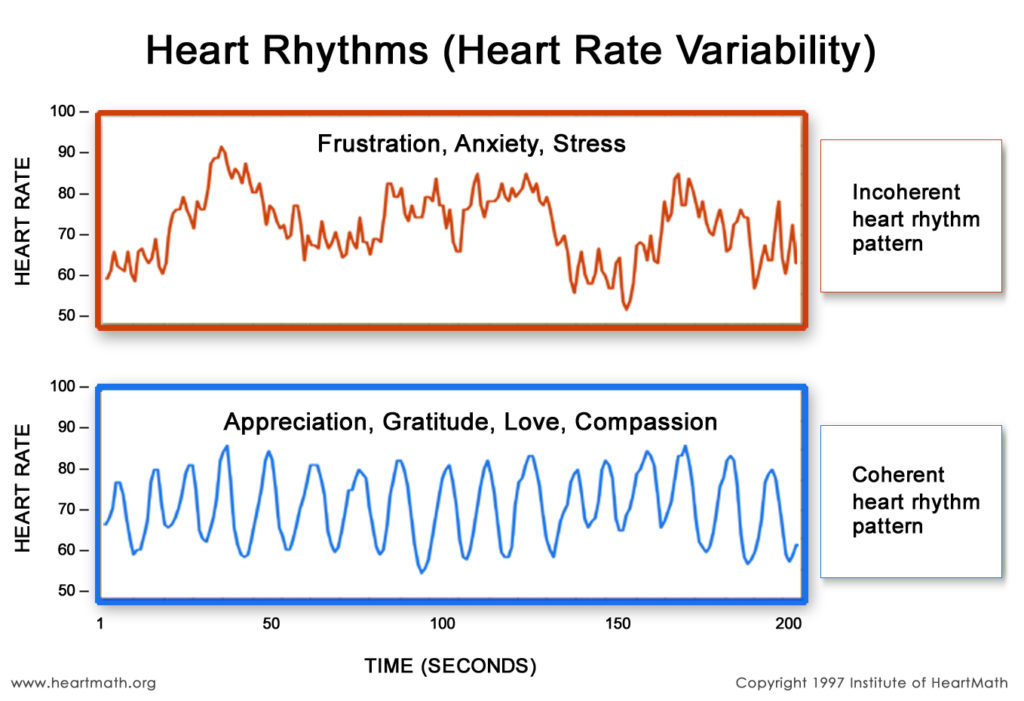What is HeartMath®?
HeartMath will help you to transform your stress into resilience, to achieve higher levels of performance and to live your life with more heart, health and happiness.
HeartMath is a system of simple and powerful self-regulation techniques which are easy to learn and designed to be used “in the moment”, whatever the situation, meaning that you can bring your best self to your professional, social and personal lives.
And what makes HeartMath unique is that you can practise the techniques using our Heart Rate Variability (HRV) Coherence biofeedback app and sensor. Coherence Biofeedback gives you real-time insight into your emotional, mental and physical state. This increases your self-awareness and helps you to develop the ability to self-regulate emotions, thoughts and behaviours.





